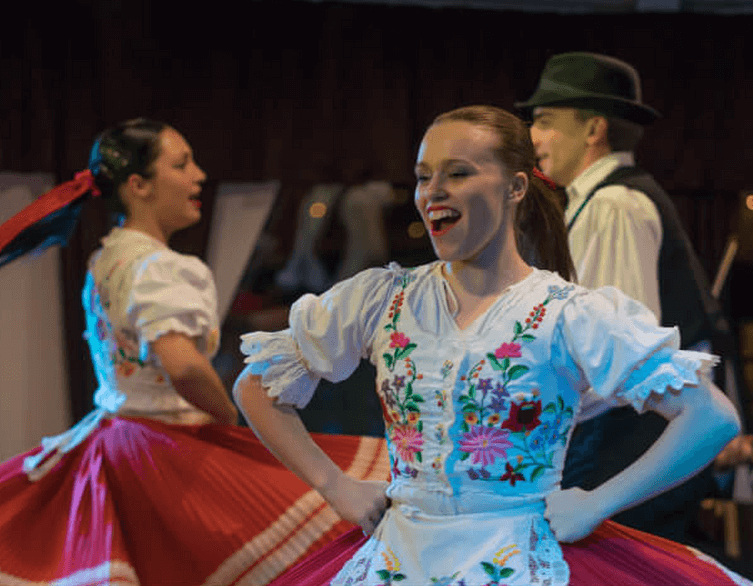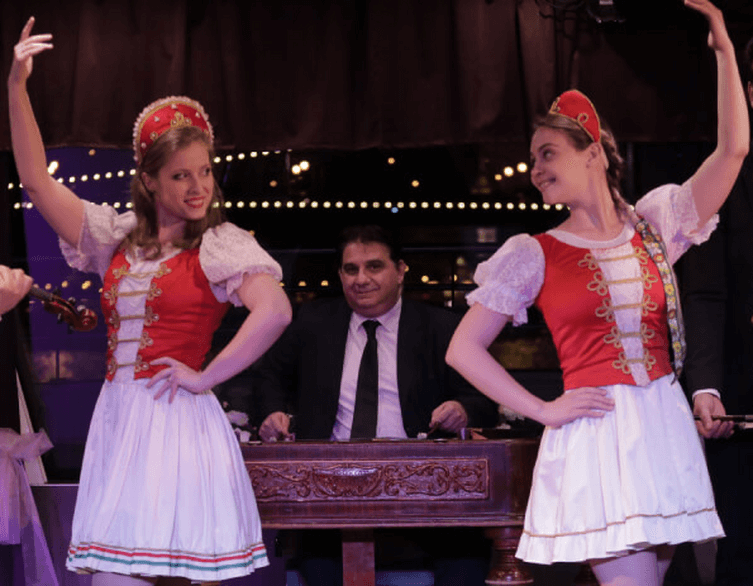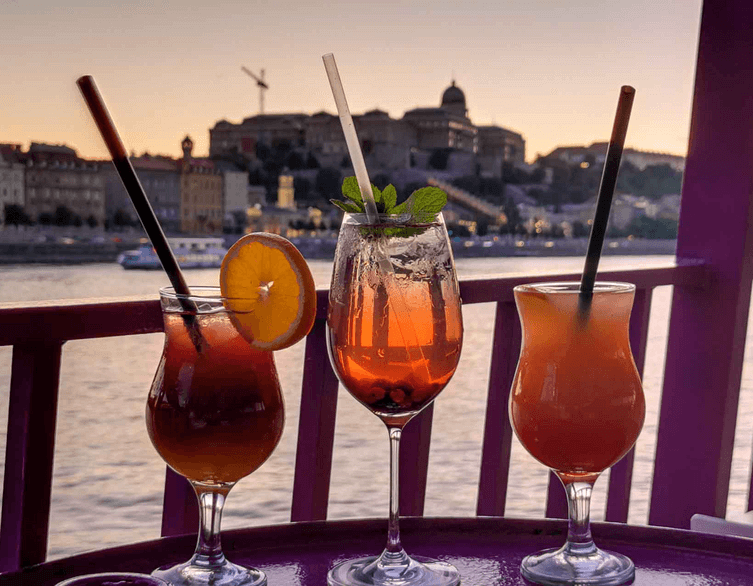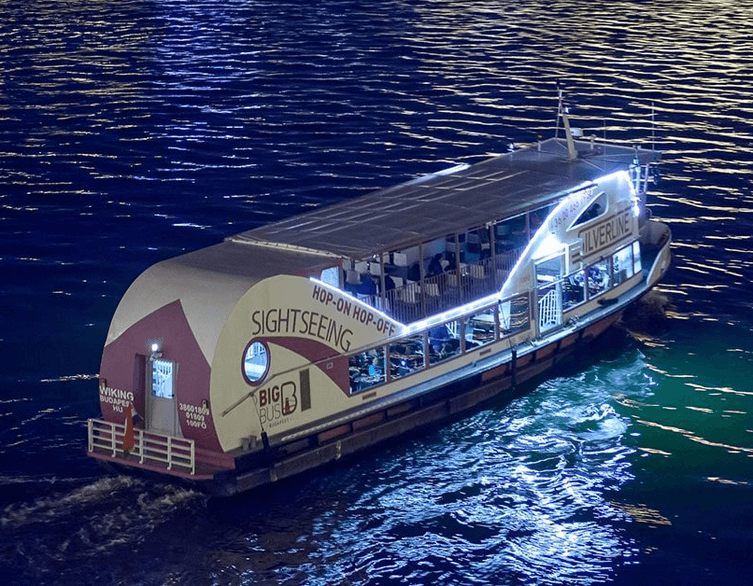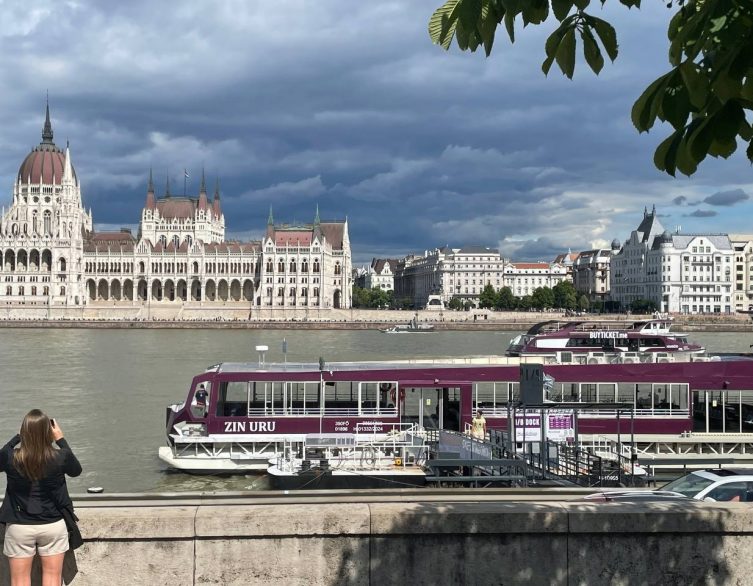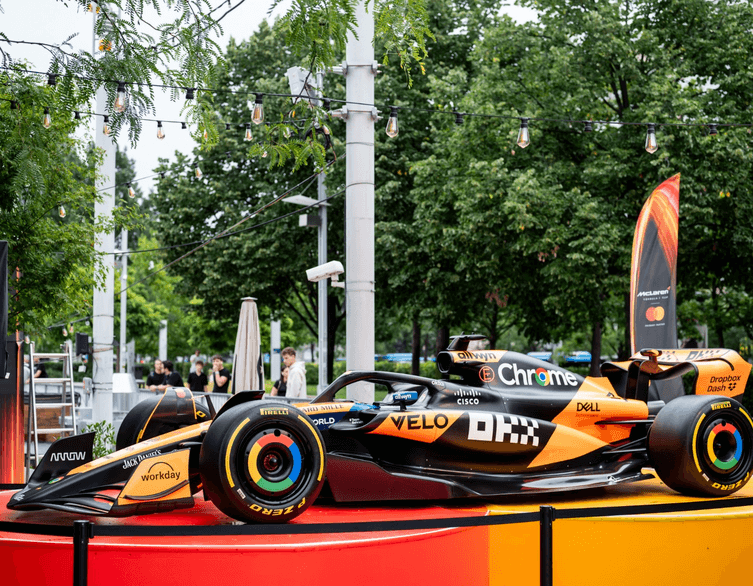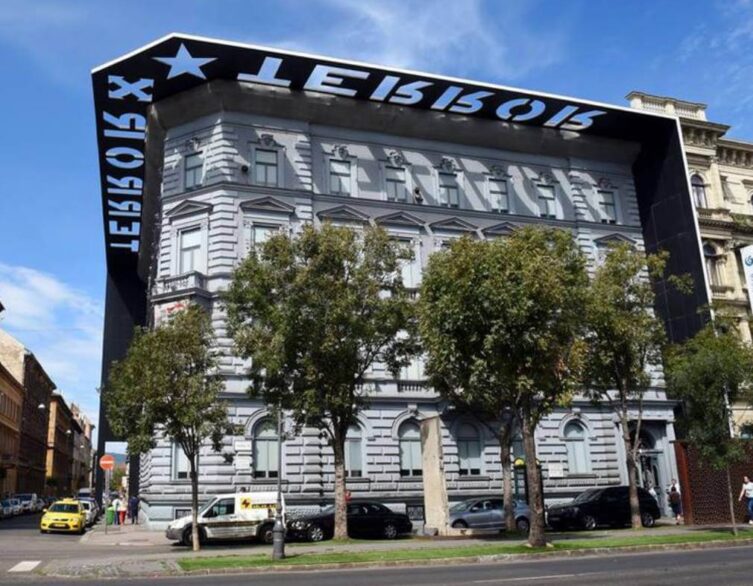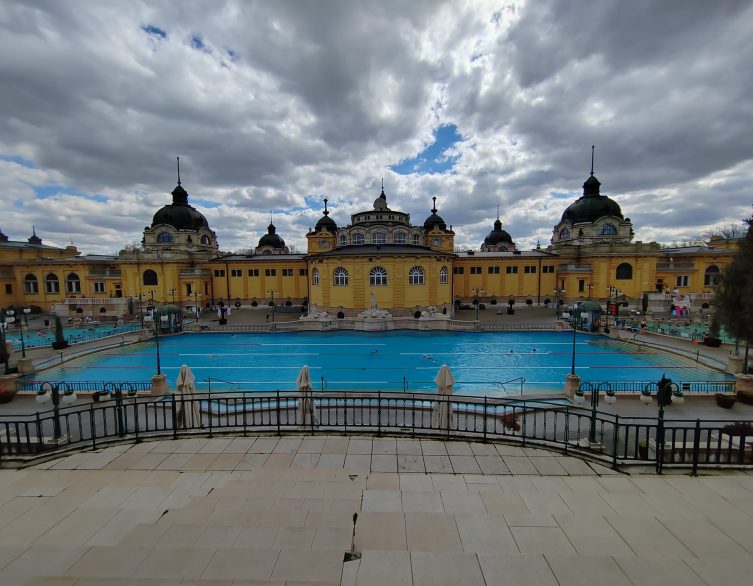Budapest’s Festival Power: How Major Events Transform the City into a Tourism Goldmine

You know what’s absolutely wild? When summer hits Budapest, this gorgeous Central European capital basically morphs into Europe’s party headquarters. We’re talking about a city that doesn’t just host festivals – it becomes the festival. And the money? Oh boy, the money these events bring in is absolutely mind-blowing.
The Numbers That’ll Make Your Head Spin
Picture this: during just one week of Sziget Festival, over 160,000 international party-goers descend on Budapest and basically turn the city’s cash registers into slot machines that never stop paying out. We’re talking about accommodation revenues jumping by 37 percent compared to the previous week – that’s nearly 8 billion forints flowing into the city like a financial waterfall.
But here’s where it gets really juicy: these aren’t just people crashing in hostels and eating street food. These festival tourists are serious spenders who treat Budapest like their personal playground. The ripple effect touches absolutely everything – hotels, restaurants, bars, shops, tour guides, taxi drivers, and even those guys selling those ridiculously overpriced water bottles near the festival gates.
The Real Tea on What Festival-Goers Actually Spend
Let’s get down to the nitty-gritty because these numbers are honestly shocking. Your average international festival-goer drops about 70 euros per day just within the festival grounds – that’s roughly 27,600 forints on food, drinks, and that inevitable band t-shirt you absolutely must have. But wait, there’s more.
These same people venture into the city and casually spend another 40,000 to 50,000 forints daily exploring Budapest. I mean, think about it – one British couple we heard about spent 30,000 forints at Széchenyi Baths, another 10,000 at the House of Terror museum, then blew 37,000 forints at some fancy Andrássy Avenue skybar. That’s nearly 80,000 forints in one day, and their reaction? Worth every single euro.
Best deals of Budapest
Here’s a fun fact that’ll blow your mind: a beer at Sziget costs 1,750 forints, cocktails start at 3,400 forints, and if you want that band merchandise, you’re looking at 18,000 forints for a t-shirt. Yet people keep buying because, honestly, when you’re living your best festival life in one of Europe’s most beautiful cities, price tags become suggestions.
Formula 1: When Racing Fans Turn into Big Spenders
Now, let’s talk about another economic powerhouse that people don’t always connect to festival-level spending: Formula 1. The Hungarian Grand Prix weekend is basically like hosting three festivals simultaneously, and the numbers prove it.
Budapest welcomed 96,000 visitors during the racing weekend – that’s 17 percent more than the previous year. Hotel occupancy rates shot past 86 percent, and here’s the kicker: room prices literally doubled compared to the previous weekend. The British fans didn’t just win the race thanks to Lando Norris, they also dominated the visitor statistics, followed by Polish, German, American, and Romanian racing enthusiasts.
The craziest part? Even towns around the Hungaroring track got in on the action. Places like Mogyoród and Gödöllő saw guest numbers multiply by 3.5 times, with overnight stays increasing sixfold. It’s like the entire region becomes a temporary F1 theme park.
The Festival Effect on Budapest’s Neighborhoods
Here’s something fascinating: festival tourists aren’t just randomly wandering around Budapest. They’ve basically turned Districts V, VI, and VII into their personal headquarters. These areas become international meeting points where you’ll hear more English, German, and Dutch than Hungarian on any given summer evening.
But it gets better – these visitors are doing the full Budapest experience. They’re hitting up the Parliament Building, soaking in Széchenyi Baths, getting spooked at the House of Terror, and shopping at the Great Market Hall. It’s like they’ve turned tourism into an Olympic sport, and they’re going for gold.
Some Absolutely Wild Festival Facts
Ready for some trivia that’ll make you the hit of any dinner party? A Hungarian girl living in Oman recently became Sziget Festival’s 11 millionth visitor ever. The organizers literally presented her with a lifetime festival pass right at the entrance. Talk about being in the right place at the right time!
And here’s another mind-bender: Sziget’s crowds are getting younger, with 59 percent of festival tourists being under 34 years old. The largest group? People aged 25-34, making up 29 percent of festival-goers. These aren’t broke college students surviving on ramen – these are young professionals with disposable income who’ve decided Budapest is where they want to spend it.
The Secret Sauce: Why Budapest Wins at Festival Tourism
What makes Budapest’s festival economy so incredibly successful isn’t just the events themselves – it’s how the whole city gets involved. During F1 weekend, Visit Hungary partnered with 21 Budapest hotels, providing promotional materials and Formula 1-themed fan accessories. During Sziget, everyone from thermal bath operators to rooftop bar owners adjusts their schedules to accommodate the international crowd.
It’s like the entire city transforms into one massive, coordinated hospitality machine. Restaurants stay open later, attractions extend their hours, and even the public transportation system adapts to handle the influx of festival-goers who want to explore beyond the festival grounds.
The Economic Multiplier Effect That Keeps Giving
Here’s what’s really brilliant about Budapest’s approach: these festivals create what economists call a multiplier effect. One festival ticket doesn’t just equal one ticket sale – it equals accommodation bookings, restaurant meals, museum visits, souvenir purchases, taxi rides, and probably a few late-night emergency pharmacy runs for aspirin.
The accommodation sector alone saw revenues soar beyond 7.9 billion forints during Sziget week. But that’s just hotels – we’re not even counting the money flowing to restaurants, bars, attractions, shops, and service providers. It’s like economic dominos, but instead of falling down, they keep building up.
What This Means for Budapest’s Future
The numbers don’t lie: festival tourism has positioned Budapest as a serious player in the European entertainment economy. With tourism accounting for more than 13 percent of Hungary’s GDP, these events aren’t just fun summer activities – they’re economic engines driving the entire country forward.
Looking ahead, Budapest is doubling down on this success. The city is investing in infrastructure, partnering with international event organizers, and positioning itself as the go-to destination for travelers who want world-class entertainment in a world-class city.
For tourists considering Budapest, these festivals represent something bigger than just entertainment. They’re your ticket into a city that knows how to party, knows how to welcome international visitors, and has mastered the art of creating unforgettable experiences. Whether you’re drawn by the music, the racing, or just the incredible energy that overtakes the city during these events, one thing’s guaranteed: you’ll leave with empty pockets, full hearts, and plans to return next year.
Related news
Related attractions









